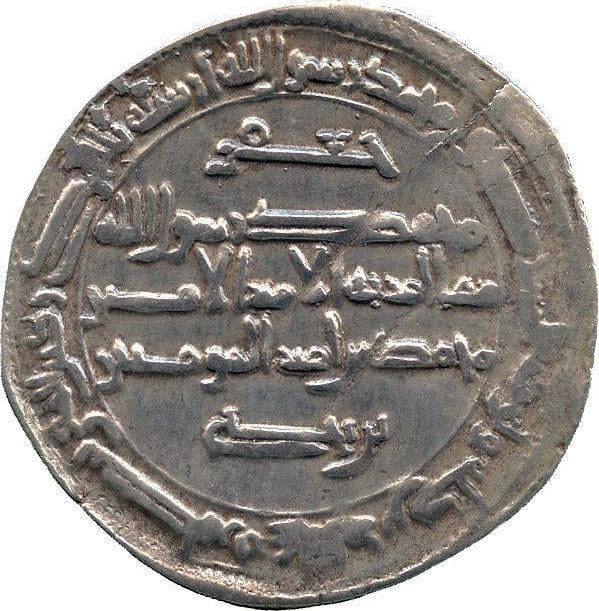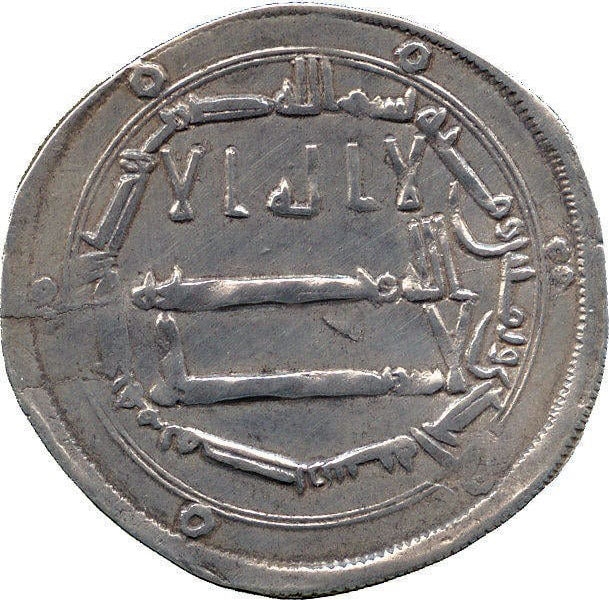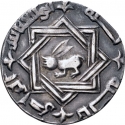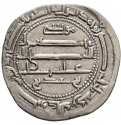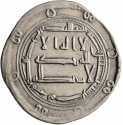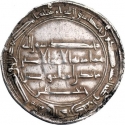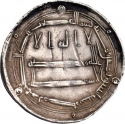You are about to finish your registration. Please check your mailbox (including spam folder). There should be a letter with a confirmation link. Check setting to make sure that your e-mail address is correct.
Send letter againDescription
The Abbasid Caliphate (Arabic: الْخِلَافَةُ الْعَبَّاسِيَّة) was the third caliphate to succeed the Islamic prophet Muhammad. It was founded by a dynasty descended from the prophet's uncle, Abbas ibn Abdul-Muttalib (566–653 CE), from whom the dynasty takes its name. They ruled as caliphs for most of the caliphate from their capital in Baghdad in modern-day Iraq, after having overthrown the Umayyad Caliphate in the Abbasid Revolution of 750 CE (132 AH). The Abbasid Caliphate first centered its government in Kufa, modern-day Iraq, but in 762 the caliph Al-Mansur founded the city of Baghdad, near the ancient Babylonian capital city of Babylon. Baghdad became the center of science, culture and invention in what became known as the Golden Age of Islam. This, in addition to housing several key academic institutions, including the House of Wisdom, as well as a multiethnic and multi-religious environment, garnered it a worldwide reputation as the "Center of Learning".
Abu Ja'far Harun ibn Muhammad al-Mahdi (Arabic: أبو جعفر هارون ابن محمد المهدي) or Harun ibn al-Mahdi (Arabic: هَارُون ابْنِ ٱلْمَهْدِيّ, c. 763 or 766 – 809), famously known as Harun al-Rashid (Arabic: هَارُون الرَشِيد, romanized: Hārūn al-Rashīd) was the fifth Abbasid caliph of the Abbasid Caliphate, reigning from September 786 until his death. His reign is traditionally regarded to be the beginning of the Islamic Golden Age. His epithet "al-Rashid" translates to "the Orthodox", "the Just", "the Upright", or "the Rightly-Guided".
Portions of the fictional One Thousand and One Nights are set in Harun's court and some of its stories involve Harun himself. Harun's life and court have been the subject of many other tales, both factual and fictitious.
Obverse

|
Depicts the inscriptions in Arabic "JAFAR" (Jafar ibn Yahya), "Muhammad is the Messenger of God”, "According to the order of the Prince al-Amin Muhammad son Commander of the Faithful", "bin Yahya", "Muhammad is the Messenger of God” and “He sent him with guidance and the true religion to make it victorious over every religion although those who associate others with God dislike it.” جعفر |
|---|---|
Reverse

|
Depicts the inscriptions in Arabic “There is no god but God alone / He has no associate" and "In the name of God. This dirham was struck in Misr (Egypt) in the year 181." لا اله الا |
| Edge |
